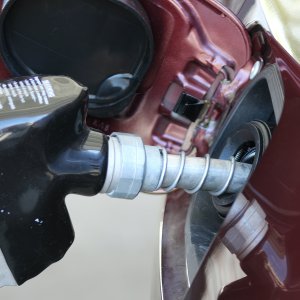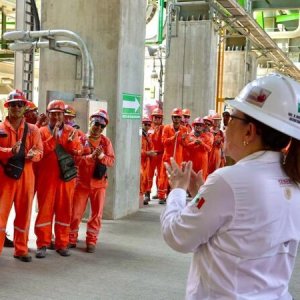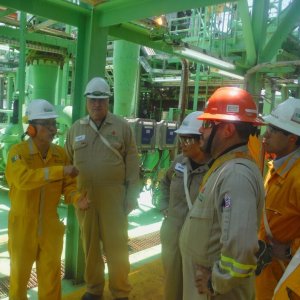Guaranteeing Investment from the Bottom Up

STORY INLINE POST
Q: What do you consider the most historically-relevant characteristics of the Mexico oil and gas landscape?
A: The rescue of PEMEX and CFE, and the adjustment of the Energy Reform to launch it. That is the central policy that we can see defining this administration and we support it. As part of this rescue effort, what is also significantly relevant for us is the rescue of national and local content to achieve these ambitions. The conversation regarding the importance of national content has been going on for too long; now, LAOGA has been able to work with the Mexican Congress to ensure the involvement of local companies in the large projects that the new administration plans to tackle, such as the Dos Bocas refinery. National content also needs to be a priority during the contract revision process and those percentages need to be honored to the letter. Everything is taking a long time right now but we expect that by the second year of this administration things will progress faster. Either way, the industry’s core need is the large volume of investment necessary to fuel local and national economic activity. We are in contact with more than 40 pension funds and family offices around the world. They are interested in being part of these investment packages in the Mexican oil and gas market and the legal structures are there to receive this money. In general, our view of the landscape is positive.
Q: What do you expect the conditions for that investment to be?
A: The question regarding conditions is hard to define because the uncertainty inherent to the beginning of this or any new administration is causing a great deal of anxiety, resulting in noise in the market. Mexico's risk is under pressure from rating agencies, which are nervous as they watch not only the workings of the new administration but also the distance between PEMEX’s debt and its ambitions. However, this situation is also an opportunity. The truth is that many of these giant investors, such as Shell and BP, cannot afford to lose Mexico from their balance sheets and portfolios. The exact investment can be defined after this market turmoil has passed; however, it must be said that without more farmouts it will be very difficult, if not impossible, for the money to reach PEMEX.
Q: In your experience, to what degree will this investment be sourced in new or unexpected ways?
A: In terms of sourcing, something to note is that the local supply chains are used to being rescued by PEMEX. They will have to get used to a more diversified portfolio of supporters and new ways to finance the industry and its contracts. We have just signed an alliance with BIVA (Institutional Stock Exchange) to facilitate the direct financing of contracts and projects through this new stock market. That is one new way of acquiring funding. We are also looking at sovereign funds. For example, the UK has up to £5 billion (US$6.5 billion) available in this form for the Mexican oil and gas market after Brexit limited its foreign investment maneuverability, which led to these funds developing surpluses that hovered between £25 billion and £50 billion (US$32.5 billion and US$65 billion). Although this would be a good approach to the strategic diversification of investment that the new government is hoping to achieve and that we also support, we still have to go further and look beyond the Western world. We had an event with the Chinese embassy where an embassy representative said that current Chinese foreign investment is not more than US$2 billion a year.
In building all these connections, there are many opportunities for us to be a large part of the process, especially given the fact that ProMéxico no longer exists. Of course, there are many untapped national sources as well; the Mexican market for private pension funds accrues more than MX$100 billion (US$5.2 billion) every three months. That money is available. There are also national tools and structures to arrange these investments into packages that make them safer and smarter decisions, such as the FIBRA-E (Energy and Infrastructure Investment Trust). That has only been used five times so far, and one of those uses was the canceled airport, which is not a good example, so that needs to be reactivated as well.
The Latin American Oil & Gas Association (LAOGA) represents, unites and promotes business activities in the energy sector to integrate the North American block with Latin American countries.
























